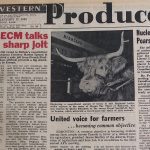For the next year, this column will mark The Western Producer’s 100th anniversary by taking a deep dive every week into a past issue of the paper. In last week’s column about the Jan. 12, 1961, issue of The Western Producer, I wrote about a war of words between prairie farm groups and the Canadian […] Read more
Tag Archives WP100
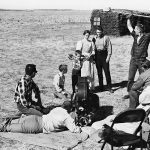
Drylanders film depicted homesteaders’ prairie gamble
How did a pioneer family with no farming experience find the courage to gamble everything on an uncertain new life as homesteaders in Western Canada? “I tried to look cheerful when we got off the train, and when he bought the wagon,” said Liza Greer about her husband, Dan, as they slowly travelled with their […] Read more
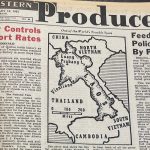
Look back at the Jan. 12, 1961 issue
For the next year, this column will mark The Western Producer’s 100th anniversary by taking a deep dive every week into a past issue of the paper. The Jan. 12, 1961, issue was dominated by a war of words between farm groups and the federal government over Canadian Wheat Board regulations that would allow feed […] Read more
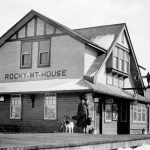
Railways were vital to settlement of the West
Trains were the only practical way to move people and goods until the arrival of all-weather roads in the 1950s and 1960s
From when the last spike was driven to complete Canada’s trans-continental railway in 1885 to today, the country’s rail system has been the linchpin holding the nation together while opening up the Prairies for settlement by farmers. But as much as the railway was needed to open up agriculture in the West, the railway needed […] Read more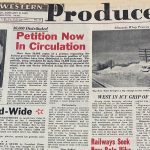
Look back at the Jan. 8, 1959, issue
For the next year, this column will mark The Western Producer’s 100th anniversary by taking a deep dive every week into a past issue of the paper. There was a little bit of everything in the Jan. 8, 1959, issue, from freight rates to farm aid and from stormy holidays to sales records. The paper […] Read more

Rural women had lots of questions for the WP in 1950s
In the 1950s, rural women had many questions about building or renovating their farm home, selecting and adapting to new electric appliances, how to launder and remove stains from new types of textiles and how to plan healthy meals for their families, among a long list of topics. A young farm wife, Mrs. Emmie (Ducie) […] Read more

Look back at the Dec. 19, 1957, issue
For the next year, this column will mark The Western Producer’s 100th anniversary by taking a deep dive every week into a past issue of the paper. The Royal Commission on Agriculture and Rural Life in Saskatchewan was the big news in the Dec. 19, 1957, issue. The commission, which had completed its report, held […] Read more

Activist or journalist? WP editor left a legacy
Violet McNaughton shaped the lives of the farm women of her time as long-time women’s editor of The Western Producer
REGINA — Long before Harris Turner and Pat Waldron founded The Western Producer, Violet McNaughton was rallying Saskatchewan farmers to support a progressive agenda. She had, by 1923 when the paper was born, already amassed an impressive resume of organizing both men and women through grain growers’ locals and then the Saskatchewan Grain Growers Association. […] Read more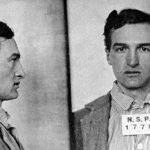
Documentary reveals secret past of legendary artist
An iconic author and artist of the American West who helped preserve the cowboy way of life for future generations feared his career would be ruined if he ever revealed his true identity. The paradoxical story of a self-proclaimed orphan from Montana who was actually a French-speaking cowboy named Ernest Dufault from Quebec is the […] Read more

Rural electrification proved to be game changer in 1950s
The issue of farm families being isolated from neighbours, communities and services had been a concern since the Canadian Prairies were first settled. In the 1950s, many roads were still little more than trails and were often impassible during rainy weather, spring thaws and heavy snow. This didn’t stop farmers from purchasing automobiles. By 1951, […] Read more



